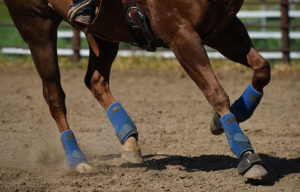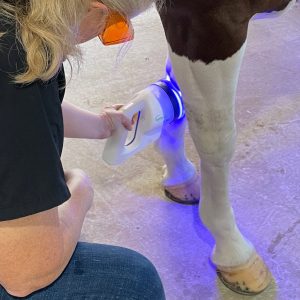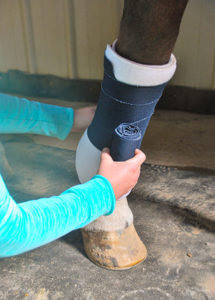Researchers Confirm IgG Values for Predicting Foal Survival
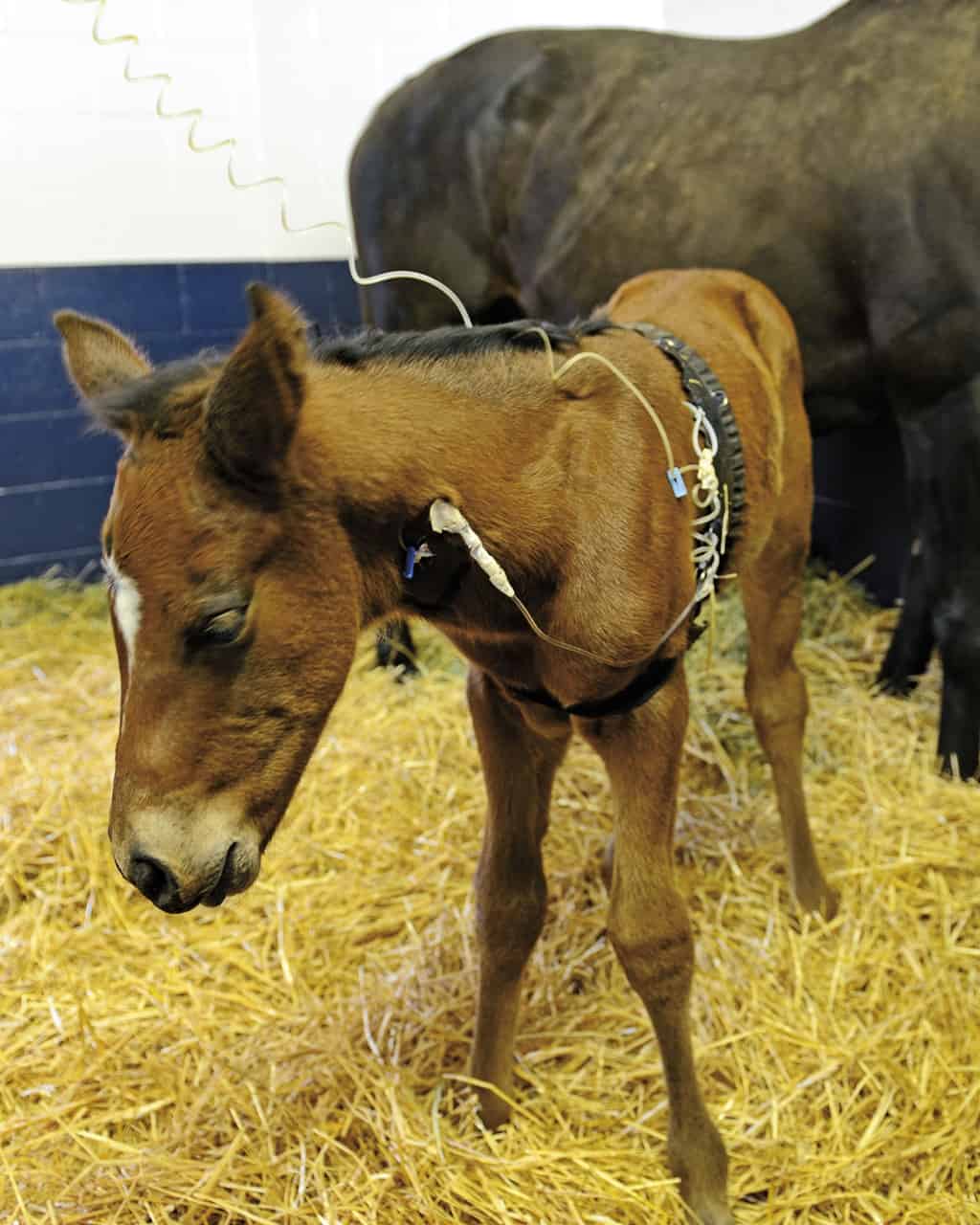
Foals are born without infection-fighting proteins called antibodies (or immunoglobulin G ) circulating in the blood stream. The mare’s colostrum contains these IgGs and other immunoglobulins to help protect foals from developing life-threatening infections. But how do you know if your foal has obtained enough IgG?
“Even though veterinarians and horse owners and managers have been testing foals for failure of passive transfer (FPT) by measuring foal IgG levels for over 30 years, the accepted ‘cut-off value’ for what defines FPT remains largely empirical,” explained Ramiro Toribio, DVM, MS, PhD, Dipl. ACVIM, from the Ohio State University College of Veterinary Medicine, in Columbus.
Reported values vary dramatically, especially when classifying foals with adequate transfer of passive immunity versus partial or complete. Overall, however, past study results have suggested that the “magic” IgG level is 800 mg/dL
Create a free account with TheHorse.com to view this content.
TheHorse.com is home to thousands of free articles about horse health care. In order to access some of our exclusive free content, you must be signed into TheHorse.com.
Start your free account today!
Already have an account?
and continue reading.
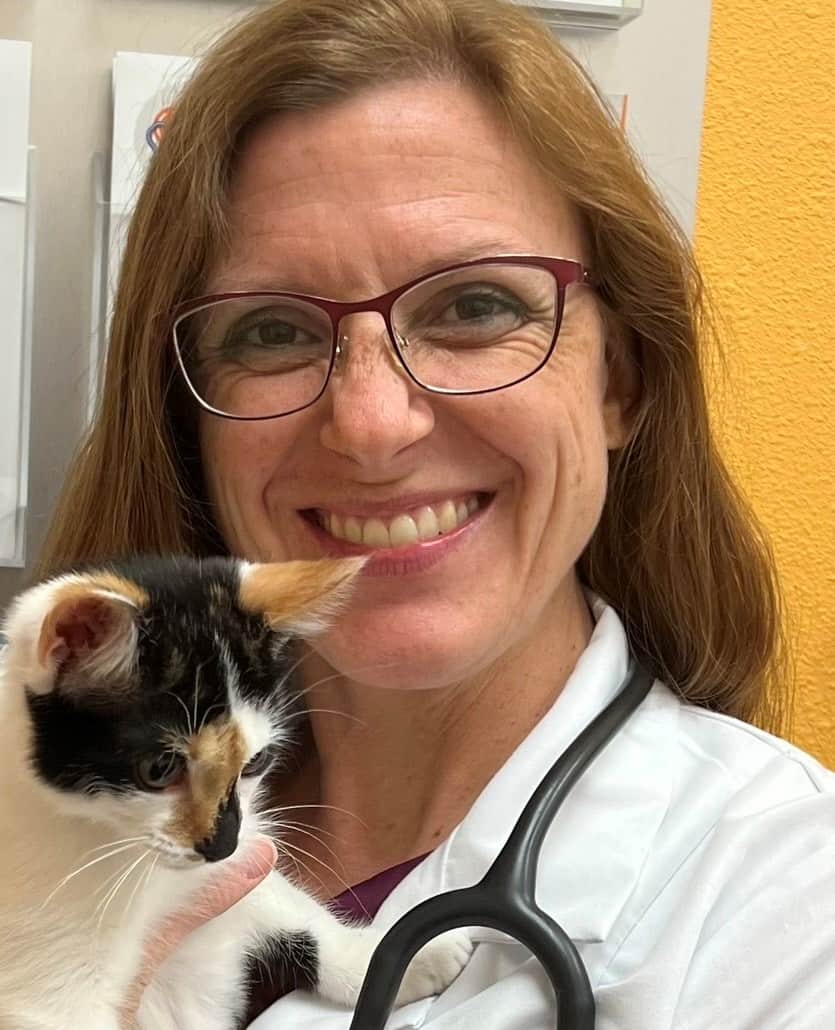
Written by:
Stacey Oke, DVM, MSc
Related Articles
Stay on top of the most recent Horse Health news with




